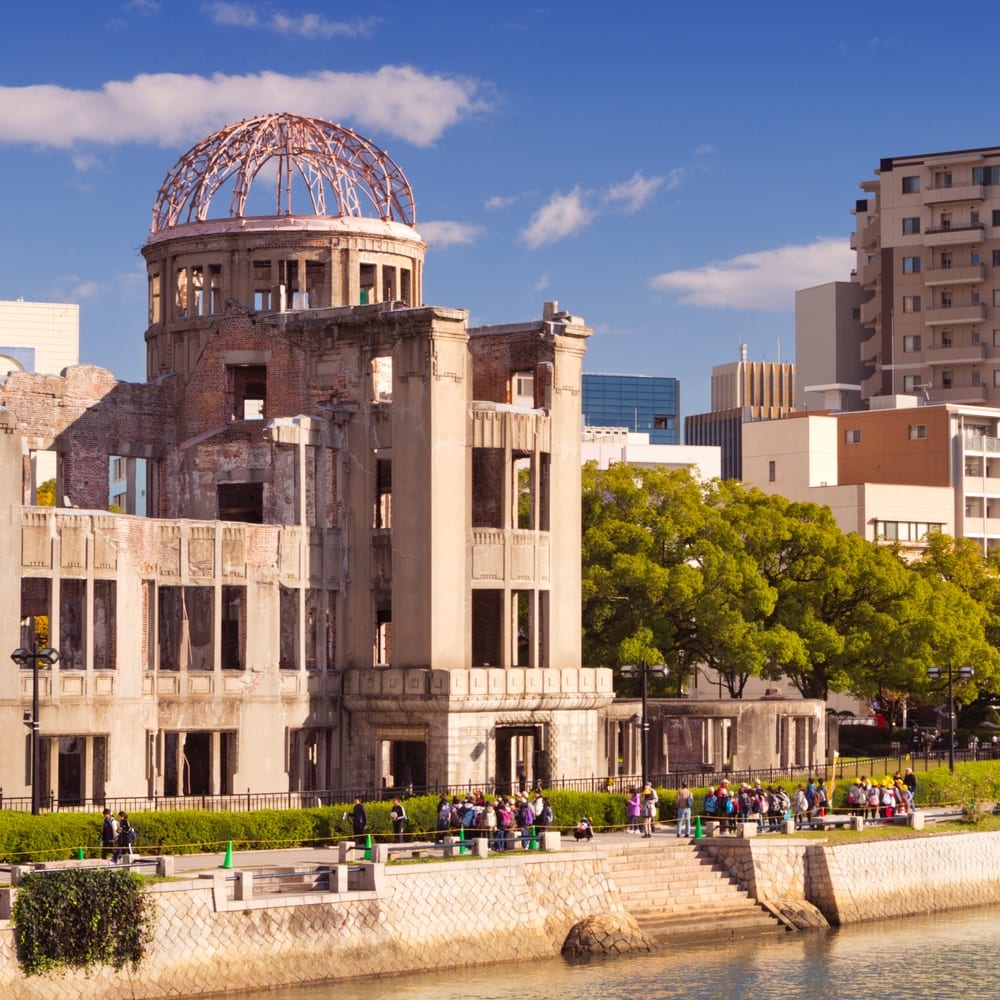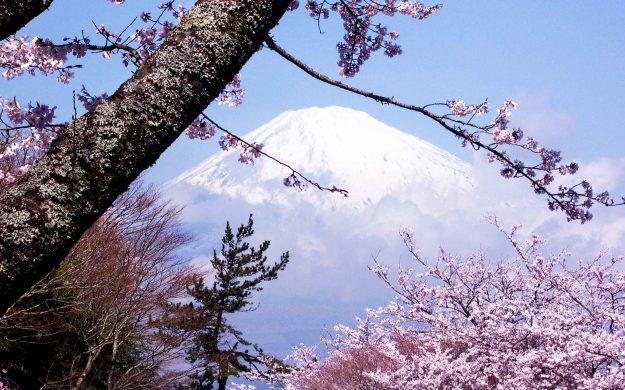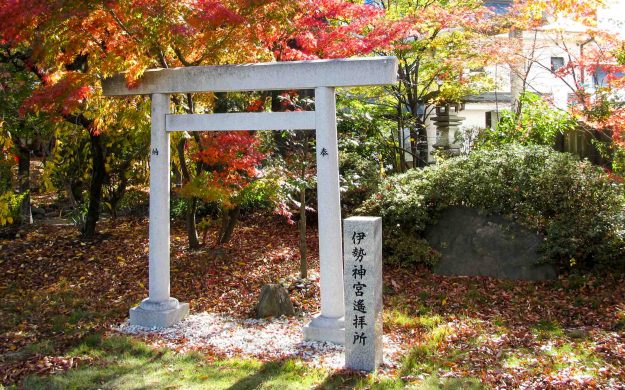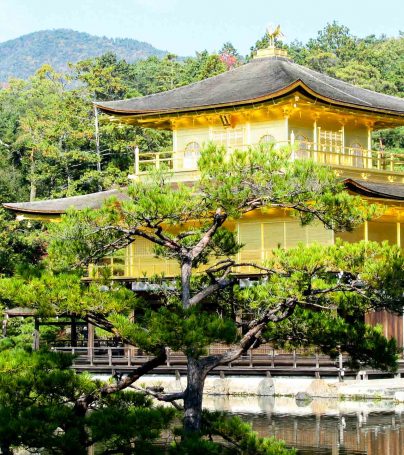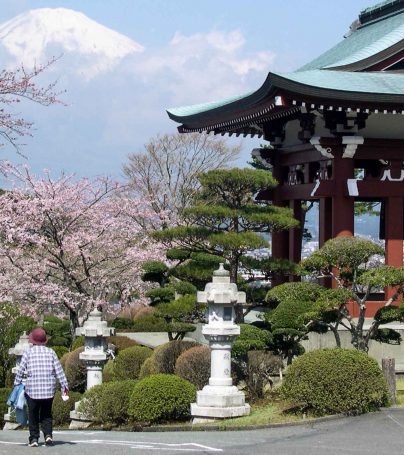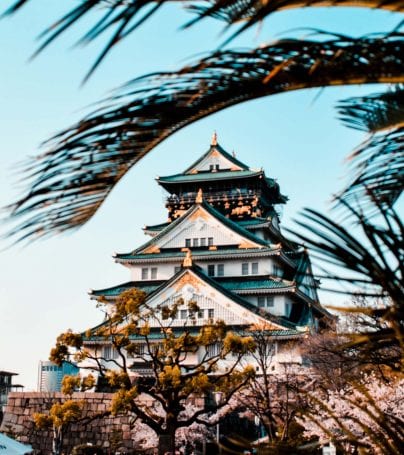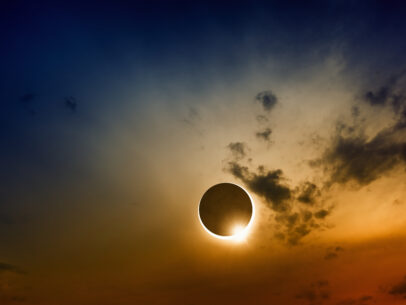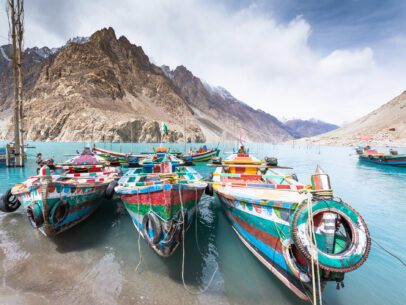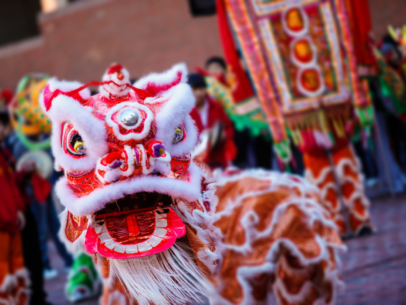Hiroshima Adventure Tours
Hiroshima is the capital of Hiroshima Prefecture, and the largest city in the Chūgoku region of western Honshū, the largest of Japan’s islands. It is most known throughout the world as the first city in history subjected to nuclear warfare with the atomic bombings of Hiroshima and Nagasaki in World War II by the USA. Hiroshima was founded in 1589 on the coast of the Seto Inland Sea and became a major urban center during the Meiji period. The city is located on the broad, flat delta of the Ota River, which has 7 channel outlets dividing the city into six islands which project into Hiroshima Bay. The city is almost entirely flat and barely above sea level. Hiroshima was founded by Mori Motonari as his capital. About a half century later, after the Battle of Sekigahara, his grandson and the leader of the West Army Mori Terumoto was on the losing side. The winner Tokugawa Ieyasu deprived Mori Terumoto of most of his fiefs including Hiroshima and gave Aki province to another daimyo who had supported him.
Finally Asano was appointed the daimyo of this area and Hiroshima served as the capital of Hiroshima han during the Edo period. After the han was abolished, the city became the capital of Hiroshima prefecture.
On August 6, 1945 the nuclear weapon Little Boy was dropped on Hiroshima by the crew of the American Enola Gay, directly killing an estimated 80,000 people and completely destroying approximately 69% of the city’s buildings.[1] In the following months, an estimated 60,000 more people died from injuries or radiation poisoning. Since 1945, several thousand more hibakusha have died of illnesses caused by the bomb. After the nuclear attack, Hiroshima was rebuilt and the closest surviving building to the location of the bomb’s detonation was designated the Genbaku Dome or “Atomic Dome,” a part of the Hiroshima Peace Memorial Park. The city government continues to advocate the abolition of all nuclear weapons.
Hiroshima was rebuilt after the war. Today, new and modern buildings rise all over the city. Several US civic leaders and scholars were consulted about the rebuilding plan. In 1949, Hiroshima was proclaimed a City of Peace by the Japanese parliament, at the initiative of its mayor, Shinzo Hamai (1905–1968). As a result, the city of Hiroshima received more international attention as a desirable location for holding international conferences on peace as well as social issues. As part of that effort, the Hiroshima Interpreters’ and Guide’s Association (HIGA) was established in 1992 in order to facilitate translation services for conferences, and the Hiroshima Peace Institute was established in 1998 within the Hiroshima University. In 1994, the city of Hiroshima hosted the Asian Games.
While many other Japanese cities abandoned the streetcar system by the 1980s (during the 60s and the 70s, Japanese cities were anxious to get rid of their streetcar systems due to damage to the infrastructure), Hiroshima retained it because the construction of a subway system was too expensive for the city to afford, as it is located on a delta. During the 1960s, Hiroshima Electric Railway, or Hiroden, bought extra streetcars from other Japanese cities. Although streetcars in Hiroshima are now being replaced by newer models, most retain their original appearance. Thus, the streetcar system is sometimes called a “Moving Museum” by railroad buffs. Of the four streetcars that survived the war, two are still in operation as of July 2006.
Hiroshima’s rebuilt castle (nicknamed Rijō, meaning Koi Castle) houses a museum of life in the Edo period. Hiroshima Gokoku Shrine is within the walls of the castle.
Hiroshima is known for its version of okonomiyaki, called “Hiroshima-yaki” or “Hiroshima-fū-okonomiyaki.” The Hiroshima version of okonomiyaki is unique for its inclusion of soba or udon noodles.
Hiroshima Peace Memorial Park, which includes the Hiroshima Peace Memorial, brings many visitors from all around the world, especially around the time of the annual commemoration called Hiroshima Peace Memorial Ceremony. There are also the Children’s Peace Monument and Hiroshima National Peace Memorial Hall for the atomic bomb victims.
The Hiroshima Museum of Art has probably the finest collection of French renaissance art outside of Europe.
Other attractions include Shukkei-en and Mitaki-dera. Festivals include Hiroshima Flower Festival and Hiroshima International Animation Festival. The peaceful and scenic island of Miyajima is just a short boat ride away.
Customize Your Dream Adventure
We are here to help craft tailor-made adventures for individuals, couples, families, and groups of explorers.
